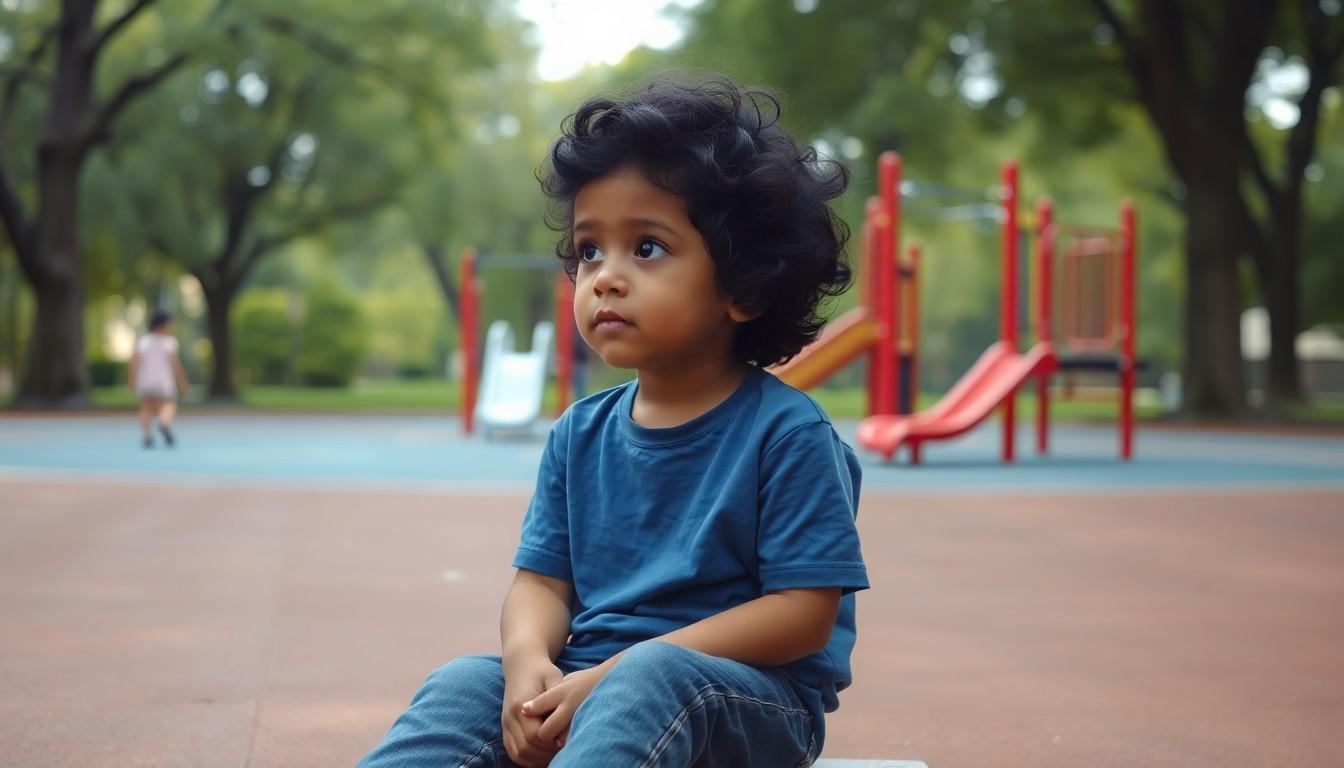In the intricate world of human relationships, attachment styles play a crucial role in shaping how individuals connect with one another. Among these styles, avoidant attachment stands out, often leading to misunderstandings and emotional distance. Those with this attachment style typically struggle with intimacy and may seem aloof or indifferent, leaving partners feeling rejected or unworthy.
Understanding avoidant attachment is essential for fostering healthier relationships. By recognizing the signs and patterns associated with this style, individuals can navigate their emotional landscapes more effectively. This article delves into the characteristics of avoidant attachment, its origins, and strategies for individuals to build deeper connections while overcoming the barriers that often accompany this attachment style.
Understanding Avoidant Attachment Style
Avoidant attachment style manifests through a pattern of behavior leading to emotional distance in relationships. Recognizing its traits and behaviors offers pathways to understanding interpersonal dynamics.
Definition and Characteristics
Avoidant attachment style represents a relationship dynamic marked by a tendency to reject emotional closeness. This style often stems from early experiences with caregivers who were emotionally unavailable or dismissive. It falls under attachment theory, first conceptualized by John Bowlby and expanded by Mary Ainsworth, identifying it as one of three principal attachment styles, alongside secure and anxious attachment. Individuals exhibiting this style typically prioritize independence and self-reliance over intimacy, viewing emotional needs as vulnerabilities. This may develop as a protective mechanism against the discomfort of unmet emotional needs.
Common Behaviors and Patterns
Adults displaying avoidant attachment style show notable discomfort with emotional intimacy. Typical behaviors include:
- Withdrawal from Emotional Engagement: They avoid discussions about feelings, creating distance in relationships.
- Fear of Commitment: They often resist deep commitments, preferring superficial connections.
- Dismissal of Partners’ Needs: They may minimize their partner’s emotional needs, leading to perceived indifference.
- Self-Reliance: They prioritize self-sufficiency, often believing dependence invites vulnerability.
Understanding these common behaviors aids in navigating the complexities of relationships affected by avoidant attachment style.
Causes of Avoidant Attachment Style

The avoidant attachment style primarily stems from early childhood experiences and environmental factors affecting emotional development. Understanding these causes is crucial to grasp the complexities of this attachment style.
Childhood Experiences
An avoidant attachment style arises when a child’s primary caregiver provides minimal emotional support beyond basic necessities like food and shelter. This lack of emotional care leads children to suppress their emotional needs to avoid disappointment and rejection. Caregivers who are emotionally unavailable or unresponsive foster this attachment style by not responding to a child’s cries, discouraging emotional expression, or displaying indifference toward emotional displays. Additionally, children who experience neglect or consistent rejection learn to distance themselves emotionally, often relying on self-soothing mechanisms to cope with unmet needs.
Environmental Influences
Environmental factors also contribute significantly to the development of an avoidant attachment style. Situational stressors such as family instability, economic hardship, or parental mental health issues create an atmosphere where emotional needs often remain unmet. When caregivers are preoccupied with their struggles, children may sense the lack of emotional availability, reinforcing feelings of isolation. The broader social environment, including peer relationships and cultural context, further influences how emotional expression is perceived and validated. In cultures that prioritize self-reliance and independence, children may internalize the belief that emotional vulnerability equates to weakness, perpetuating avoidant behaviors into adulthood.
Effects of Avoidant Attachment Style

Avoidant attachment style significantly impacts interpersonal relationships and emotional health. This attachment pattern shapes how individuals connect with others and perceive their emotional needs.
Impact on Relationships
Individuals with an avoidant attachment style often struggle to form deep emotional connections. They may exhibit the following behaviors:
- Emotional Closeness: Avoidant individuals prioritize independence and self-reliance, leading to discomfort with emotional intimacy. They tend to withdraw when relationships deepen, creating barriers that hinder connection.
- Perception of Others: Many avoidant individuals view others as untrustworthy, which fosters a negative outlook on relationships. This perception can prevent them from fully engaging with partners, often resulting in partners feeling rejected or unimportant.
- Conflict Resolution: Avoidant individuals may avoid conflict and discussions about feelings. This avoidance leads to unresolved issues, further straining relationships over time.
Emotional Well-being
The avoidant attachment style adversely affects emotional well-being through the following avenues:
- Suppressed Emotions: Individuals may suppress their feelings to avoid vulnerability, which can create inner turmoil. This suppression contributes to anxiety, as emotional needs remain unmet.
- Low Self-esteem: Avoidant individuals often experience low self-esteem due to negative self-perception. Believing emotional expression is a weakness can hinder personal growth and fulfillment.
- Loneliness: Despite a preference for self-reliance, avoidant individuals often face feelings of loneliness. The difficulty in forming connections can lead to isolation and dissatisfaction, impacting overall mental health.
Understanding these effects is crucial for individuals, partners, and therapists aiming to navigate the complexities of avoidant attachment.
Strategies for Overcoming Avoidant Attachment Style

Understanding and addressing an avoidant attachment style involves several strategies focused on awareness and professional support.
Building Awareness and Understanding
Building awareness and understanding of avoidant attachment is essential for personal growth.
- Educate Yourself: Grasping attachment theory and specific traits of avoidant attachment enhances knowledge. Recognizing tendencies to avoid emotional closeness, distrust others, and prioritize independence over intimacy plays a key role in personal development.
- Self-Reflection: Exploring early childhood experiences and significant relationships helps identify influences contributing to avoidant behavior. Recognizing these root causes paves the way for addressing underlying issues.
- Identify and Express Emotions: Developing the skills to identify and express emotions is crucial. Practicing emotional expression creates opportunities for deeper connections and reduces the tendency to withdraw during vulnerable situations.
Seeking Professional Help
Seeking professional help can lead to substantial progress in overcoming avoidant attachment.
- Therapy: Engaging with a qualified therapist enables individuals to explore attachment patterns in a supportive environment. Cognitive-behavioral therapy (CBT) or schema therapy often provides effective frameworks for addressing avoidance behaviors.
- Support Groups: Participating in support groups fosters connection with others facing similar challenges. Sharing experiences and insights creates validation and opportunities for learning.
- Skill Development: Professionals can guide individuals in developing crucial interpersonal skills. Therapeutic techniques such as role-playing, communication strategies, and emotional regulation tools can improve relationship dynamics significantly.
Conclusion
Understanding avoidant attachment style is key to improving relationships and emotional health. By recognizing its traits and origins individuals can take steps toward fostering deeper connections. Awareness and professional support are vital in addressing the challenges posed by this attachment style.
With the right strategies and commitment to personal growth it’s possible to break free from patterns of emotional withdrawal. Embracing vulnerability can lead to healthier interactions and a more fulfilling emotional life. Ultimately the journey toward overcoming avoidant attachment is one of self-discovery and connection.


